Growing Demand for Automation
The Social Robots Market experiences a notable surge in demand for automation across various sectors. Industries are increasingly adopting social robots to enhance operational efficiency and reduce labor costs. For instance, the market for service robots is projected to reach approximately 30 billion USD by 2026, indicating a robust growth trajectory. This demand is driven by the need for consistent performance and the ability to operate in environments that may be hazardous for humans. As businesses seek to streamline processes, social robots are becoming integral to their strategies, thereby propelling the Social Robots Market forward. Furthermore, the integration of artificial intelligence in these robots enhances their capabilities, making them more appealing to organizations looking to innovate and improve service delivery.
Rising Interest in Companion Robots
The Social Robots Market is witnessing a rising interest in companion robots, particularly among the aging population. As societies face demographic shifts, the need for companionship and assistance for elderly individuals becomes increasingly pressing. Companion robots are designed to provide emotional support, monitor health, and assist with daily activities, thereby improving the quality of life for users. Market data suggests that the companion robot segment is expected to grow significantly, with projections indicating a market size of over 15 billion USD by 2025. This trend reflects a broader societal recognition of the potential benefits that social robots can offer, particularly in enhancing social interaction and reducing feelings of loneliness among seniors. Consequently, the demand for these robots is likely to continue to rise, further energizing the Social Robots Market.
Technological Advancements in Robotics
Technological advancements play a crucial role in shaping the Social Robots Market. Innovations in artificial intelligence, machine learning, and sensor technology are enabling the development of more sophisticated and capable social robots. These advancements allow robots to interact more naturally with humans, understand emotional cues, and adapt to various environments. For example, the integration of advanced natural language processing capabilities enhances communication between robots and users, making interactions more seamless. As technology continues to evolve, the potential applications for social robots expand, leading to increased investment and interest in the market. The Social Robots Market is likely to benefit from these advancements, as they not only improve the functionality of robots but also enhance their appeal to consumers and businesses alike.
Growing Awareness of Mental Health Benefits
The Social Robots Market is increasingly recognized for its potential mental health benefits. As awareness of mental health issues rises, social robots are being explored as tools for therapeutic interventions. These robots can provide companionship, engage users in conversation, and even assist in cognitive behavioral therapy. Research indicates that interactions with social robots can lead to improved emotional well-being and reduced anxiety levels. The market for therapeutic robots is projected to grow significantly, with estimates suggesting a value of over 10 billion USD by 2025. This growing awareness of the mental health benefits associated with social robots is likely to drive demand, as individuals and healthcare providers seek innovative solutions to address mental health challenges. Consequently, the Social Robots Market stands to gain from this trend, as it aligns with broader societal goals of improving mental health outcomes.
Increased Investment in Research and Development
Investment in research and development is a significant driver of growth within the Social Robots Market. Companies and research institutions are allocating substantial resources to explore new applications and improve existing technologies. This focus on R&D is essential for fostering innovation and ensuring that social robots meet the evolving needs of users. Recent data indicates that global investment in robotics R&D has surpassed 20 billion USD annually, reflecting a strong commitment to advancing the field. As new technologies emerge, they pave the way for novel applications in healthcare, education, and entertainment, thereby expanding the market's potential. The continuous influx of investment is likely to accelerate the development of more advanced social robots, further propelling the Social Robots Market.


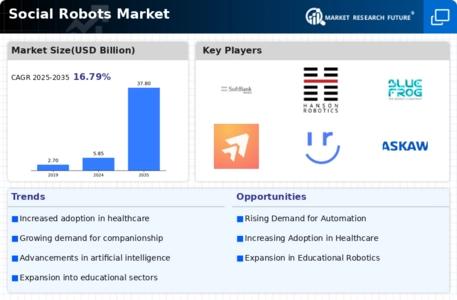
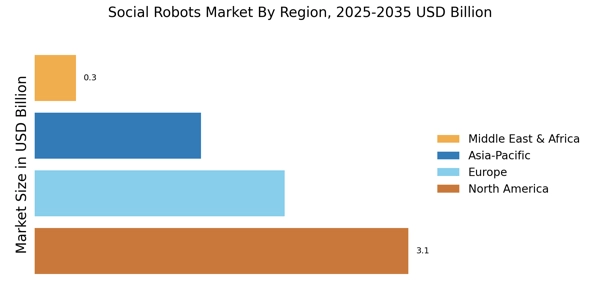

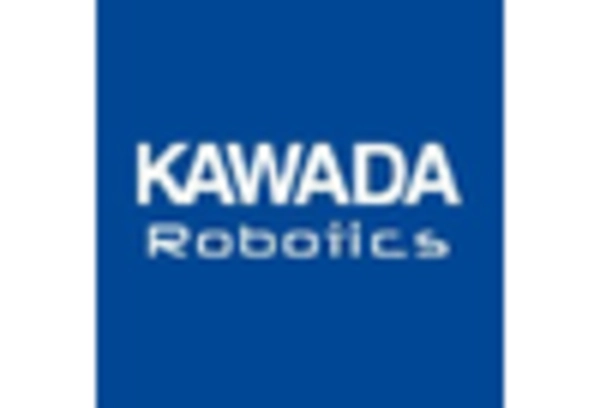
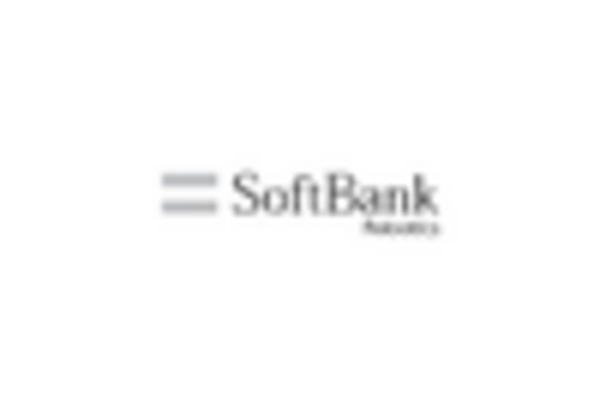

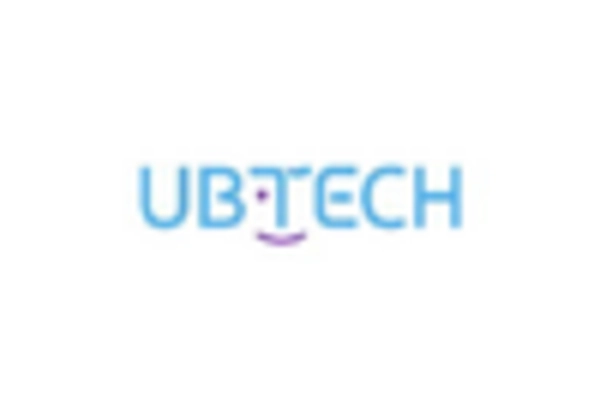
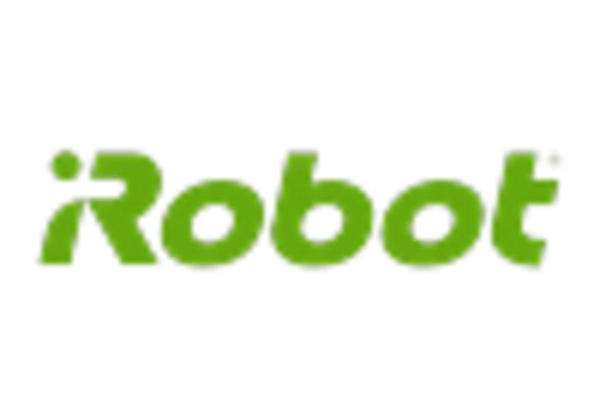








Leave a Comment